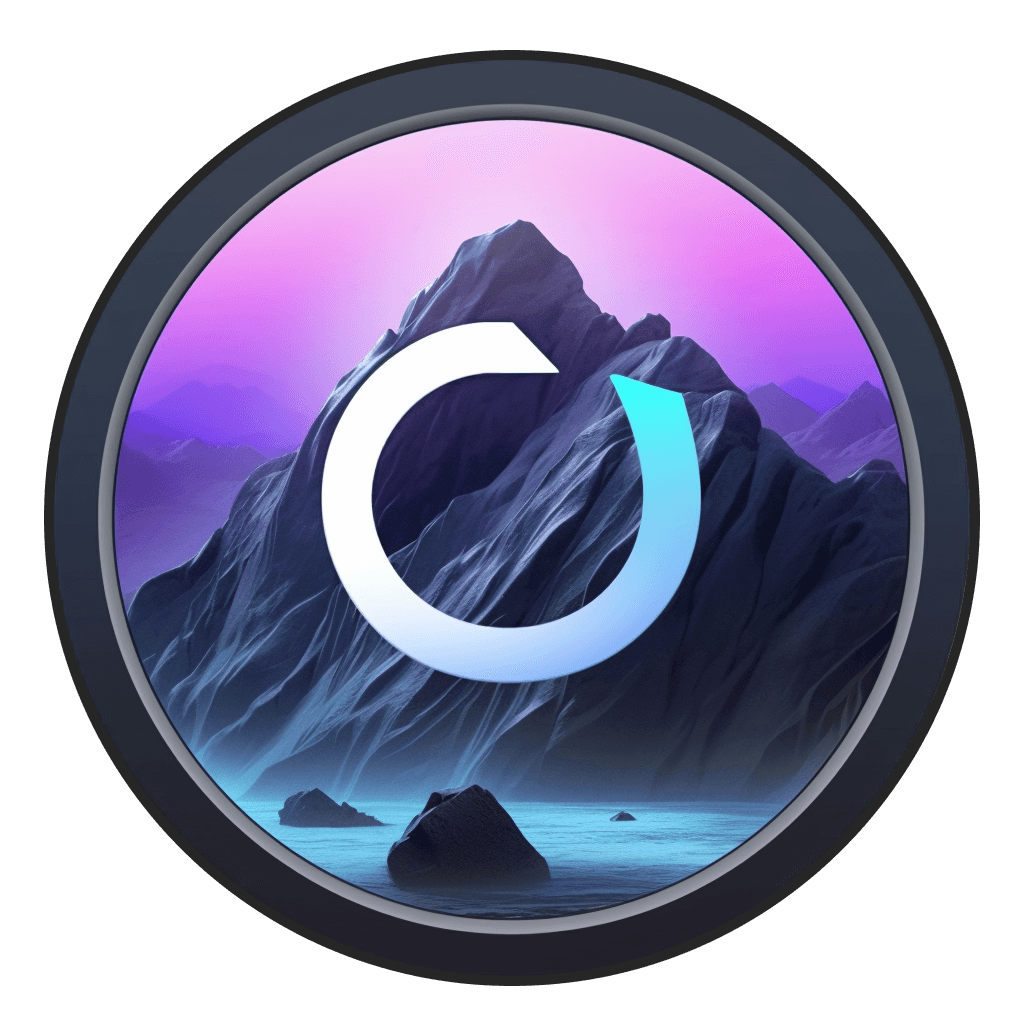AI for Artists: How Artists Can Leverage AI Workflows
The debate around AI and art is not likely to end anytime soon. On one side of the spectrum, there are artists that view AI in art as the death knell of the working artist while on the other, artists are embracing this new technology and incorporating it into their work.
Both sides have good points (see Nick Cave’s scathing critique of AI generated lyrics) but as someone that’s building tools for artists, we wanted to highlight some incredibly moving and inspiring uses of AI in art.
Laurie Anderson

Absent in the Present: Looking into a Mirror Sideways 3 (1975) Laurie Anderson. © Laurie Anderson
We’ve long been a fan of Laurie Anderson’s art and she’s found ways to make AI explorations in her work moving and human. Whether it be training a chatbot on her late husband Lou Reed’s work or reimagining her family history with Midjourney, Anderson’s work has found ways to take the uncanniness of AI and contort it into something uniquely personal.
Prateek Arora

The Auzaaris by Prateek Arora © Prateek Arora
Prateek Arora often incorporates Indian street scenes or religious figures with science fiction and horror elements. This unique blend is referred to as “Indofuturism” - which you could imagine leading to the rise of an entirely new media genre built on a foundation of AI creativity.
Xonorika

Jarýi / arrival (2024) © Xonorika
Xonorika explores the dream-like quality of AI generated imagery, often finding that, as she generates her work, she begins to see remnants of relatives and acquaintances in the figures that emerge. Elements of her work also explore the inherent biases of the models themselves.
David Szauder

Aviary © David Szauder
Szauder’s works establish a unique, particular visual style that would be challenging, if not impossible to achieve with such consistency using traditional photographic methods. In many ways, his work speaks to how, with the right artistic vision, models can be contorted toward generating a particular vision with stunning attention to detail.
Charlie Engman

hay i © Charlie Engman
Anyone who’s generated any piece of AI artwork has experienced the deformities and irregularities that generative AI models can do to the human body. As the New Yorker puts it, Engman “embraces the alien logic of AI.” Often times these are the types of work you’d discard in favor of a different seed value - but Engman recognizes that there’s something unsettling about art that focuses on the strangeness of such a new technological medium.
Odyssey Workflows
Custom model import
Odyssey supports loading in custom Stable Diffusion models that are converted CoreML. While there are dozens of models available here, converting a model yourself can be challenging at first but straightforward once you get the hang of it. The benefits can be worth it - with your own models, you create entirely unique works that are in a style all your own. You can check out our video tutorial here.
Yes, hiding text within an AI generated image can be an easy way to share immature or silly messages. But popular artists like Shepard Fairey have used textual embeddings in their art to great, subversive effect. You can check out our video tutorial here.
With a popular Reddit post, a “new artistic style” seemed to be invented. While that might be hyperbole, there is something to be said about AI’s ability to hide symbols or patterns within a piece of generated art. You can check out our video tutorial here.
We got this idea from artist Julian Van Dieken but leveraging hidden QR codes amidst a work of art can help hide contextual meaning or integrate new, web-based mediums in traditional artwork. You can check out our video tutorial here.
Creative upscale (coming soon)
Creative upscaling can take an image and add additional detail as the resolution is increased. This method can transform an original, low quality image into something entirely new.
Art Critic (coming soon)
Everyone loves a critic, right? Or is it everyone hates a critic? Either way, there’s something useful about subjecting your work to criticism before posting it or sending it off to the general public. Using an LLM to critique your artwork can help uncover hidden meanings or context that you might have overlooked otherwise.
Unique slideshow transitions can do things like morph one image into another. This is especially effective either to showcase a range of your work or to morph similar images into one another to create unique pieces of video art.
Interested in trying one of these workflows or creating remarkable art on your own? Try Odyssey for free and share what you've created so we can add you to our favorite AI artists list.
